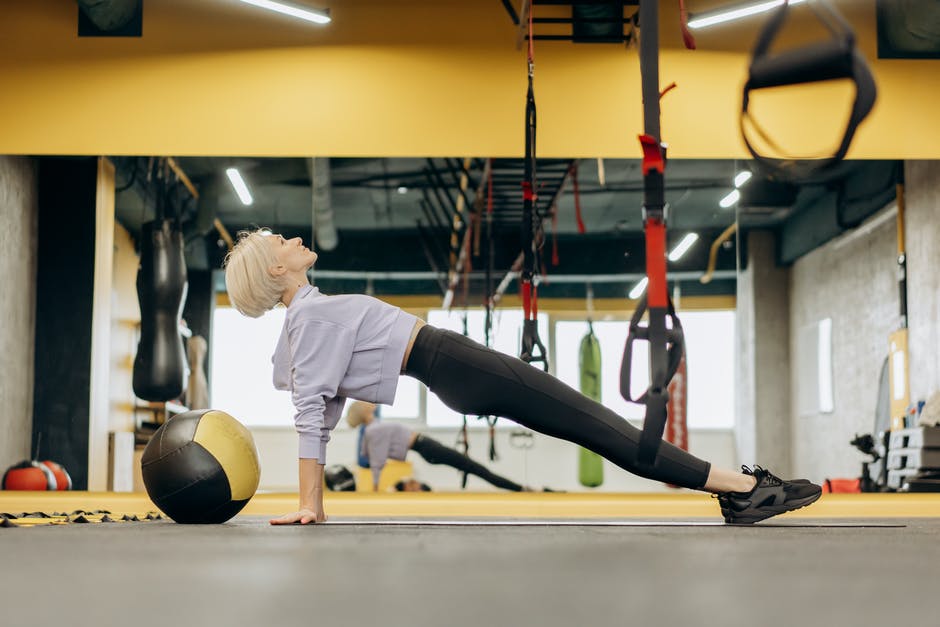Asthma refers to a complex, multi-dimensional health condition that affects every patient in a variety of ways. The condition brings psychological and stressful problems to the patients.
Asthmatics are believed to breathe faster than individuals with no asthma. Most of the patients tend to be mouth breathers. As a result, their lungs are exposed to a drier and cooler air, which triggers their condition.
While pharmacological treatments are available, some asthma patients prefer breathing exercises. With this kind of exercise, patients are encouraged to have shallow and controlled breathing to reduce asthma symptoms.
Below are several breathing exercises that asthmatics can try to relieve asthma symptoms.
Diaphragmatic Breathing
Below our lungs is a dome-shaped muscle called the “diaphragm” that helps us breathe. With diaphragmatic breathing, I learn how to breathe from a specific region around my diaphragm instead of my chest. It helps me reduce my body’s oxygen needs, slow my breathing and strengthen my diaphragm.
Practicing this breathing exercise requires me to lie on my back with my knees bent. I ensure to have a pillow under my knees. Alternatively, I sit up straight in a chair. Then, I put my hand flat on my upper chest, while the other one on my stomach. As a inhale slowly through my nose, I ensure that my hand on the chest remains still while the other moves. I exhale slowly through my pursed lips.
Papworth Method
With the Papworth method, asthmatic can have several breathing exercises along with relaxation techniques. It trains us to breathe slowly and steadily through the nose from our diaphragm. This method also improves stress management and quality of life. Mind that this breathing method is useful for mild asthma patients.
To practice the Papworth method, I inhale slowly through my nose and exhale through my pursed lips. I ensure that the exhalation is twice as long as my inhalation. I repeat this cycle 3-5 times.
Nasal Breathing
Through nasal breathing, the patients need to breathe through the nose. As it adds warmth and humidity to the air, it relieves any discomforting signs.
When practicing nasal breathing, sit with my legs crossed. I put my right hand on my right knee and then raise my left hand. I ensure that my left hand is closer to my nose. I inhale entirely, where I use my thumb and other fingers to block the left nostril. I exhale through my right nostril. Using my thumb and fingers, I close the right nostril.
Next is I open my left nostril and exhale. I take a deep breath through my nostril and close it. I open my right nostril and exhale. I repeat the cycle for five minutes and complete it by breathing out the right side.
Buteyko Breathing
The idea behind the Buteyko breathing is that asthmatics are more likely to hyperventilate. This means they breathe more deeply and faster than others do, which triggers the symptoms. Through this breathing exercise, patients can slow down their breathing rate.
To practice the Buteyko breathing, I sit comfortably on a chair. As I take a deep breath, I relax my chest and abdominal muscles. I close my eyes and keep my face straight while doing it. I take a deep and shallow breath, and then I exhale slowly until I feel that my lungs are no longer filled with air. I hold my breath as long as I could. Lastly, I return to a gentle breathing.
Conclusion
Learning the above breathing exercises will help you gain more control over the asthma symptoms. Not only that, these exercises can reduce your dependence to medications while eliminating the stress you encounter with the condition.
Do you find this topic helpful? Do not hesitate to express your opinions in the comment section.




















